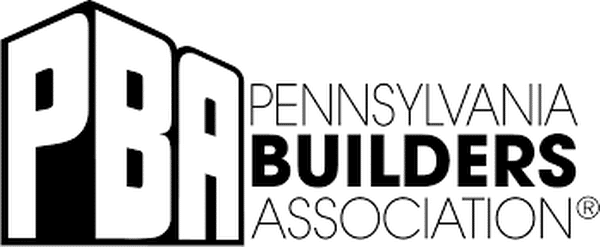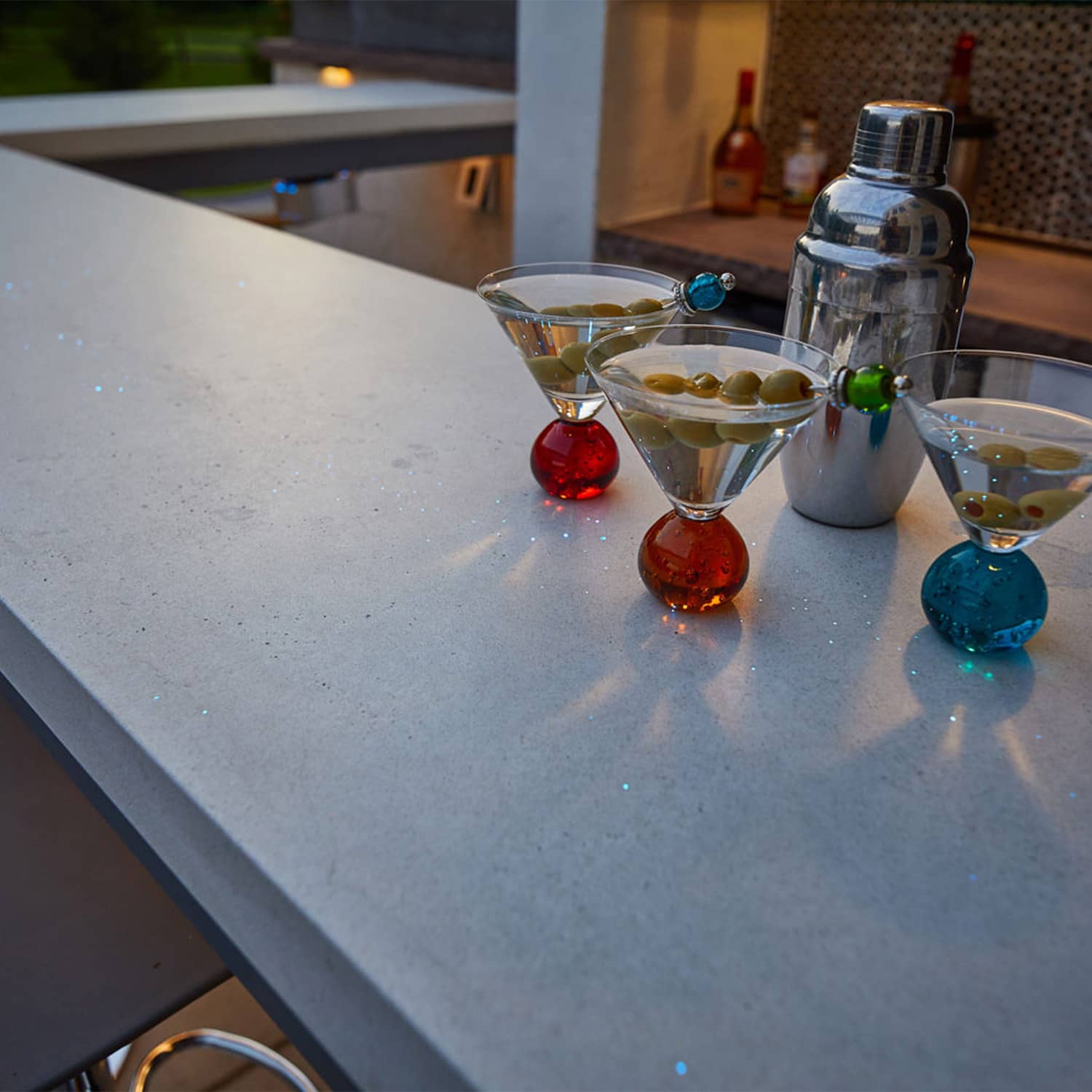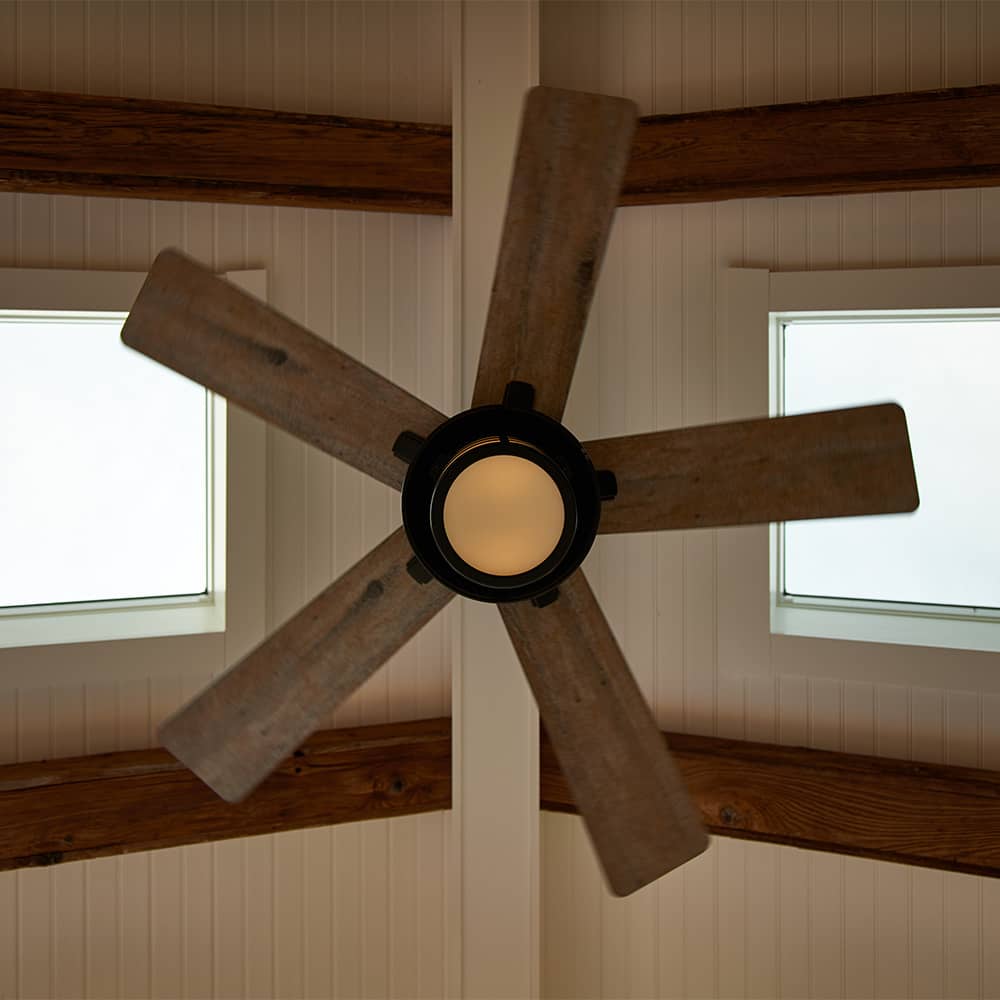How to Improve Water Quality in your Landscape
Posted December 12, 2019 in Landscape Design
No one likes to swim in dirty water, whether it be in a nearby lake, river close to home, or the ocean. Did you realize that our landscapes may be contributing to the overall problem? Yikes! Say it’s not true!
Unfortunately, with more and more densely populated areas, stormwater runoff is a real concern that homeowners and town councils are adamant in addressing. More times than not, it starts in our landscape. We can make a huge difference though by taking into consideration some alternative solutions to this widespread problem. MasterPLAN wants to partner with you in making a change within our communities. Let’s keep our natural habitats safe for us, as well as those ‘downstream!’
The following are a few bits of information that may surprise you. Let’s explore a few solutions on how to improve water quality on your piece of real estate.
Backyard Pollution 101
Stormwater runoff naturally lifts and carries contaminants such as eroding soils, pesticides, fertilizers, pet waste, etc. accumulated in neighborhoods through water pipes, gutters, and street drains. If there isn’t enough ground surface to discharge the water, the flow becomes faster, adding to it more erosion and a more substantial concentration of contaminants. Eventually, this water reaches our creeks, rivers, and oceans, destroying fish habitats and aquatic life. This excessive flow can also alternate the temperature of the water and the salinity levels, whereby endangering further marine life.
An area where the impermeable surfaces are only covering 10-20% of the area, like our driveways, roadways, and sidewalks, the evapotranspiration decreases by 10%. If you want to talk about global warming, this is one culprit. A lack of evapotranspiration can slow down the water cycle and the atmosphere’s water vapor or humidity levels. This, in turn, increases the temperatures and directly affects soil moisture conditions for agriculture as well as our beautiful landscape plants. If the soil gets too dry, the rain will run right off of it as though it was a solid surface rather than seeping into it, whereby replenishing the soil moisture. Therefore, because of impermeable surfaces, there is 10% more runoff and 8% less shallow and deep infiltration back into the soil, which is where the aquifers recharge and purify our water.
Solutions to Improve Water Quality
This list is a way to contribute to the betterment of your landscape, neighborhood, and downstream neighbors! First, we need to reduce the volume of stormwater runoff, and second, the number of pollutants in the flow.
Landscape Techniques
Downspouts are often a quick fix to water flow off our roof, but frequently they are not always directed in a thought out manner. Over time, downspouts rust, sag, or plant materials get in the way to the output of drainage. The direction of flow is essential in this aspect of picking up and carrying more contaminants. Downspouts should be directed away from impervious surfaces and into a grassy, mulched or planted area for aquifer filtration.
Direct Downspouts Responsibly
Another idea is to route this surface water to a creatively designed dry river creek bed that can take advantage of excess water. By doing this, we can make it a water feature while simultaneously watering nearby plantings in the landscape. And who doesn’t like the trickling sounds of water nearby?
Rain Garden Solution
Rain gardens are another popular and beautiful alternative to your backyard oasis and help add to the outdoor wildlife habitat. Rain gardens are a shallow bowl carved out in the landscape, generally on the lowest end of the property or where there is lots of water runoff or puddling. The drainage is temporarily ponded to infiltrate the soil rather than run into the stormwater drains. This hydrological aesthetically functioning strategy improves water quality while creating enjoyment for young, old, and wild at heart! Your trusted landscape designer should be able to calculate the proper size and depth you need to accommodate the runoff from your impervious surfaces and make a comprehensive recommendation. These recommendations not only save the environment but end up being a beautifully created and well-thought-out design. And bonus, you and your friends and family can enjoy the renovations and rest assured that your landscape isn’t contributing to the overall water pollution or affecting your health.
Bioswales Channel Stormwater
Bioswales are much like dry river creek beds in they channel water over a surface to recharge before releasing into a watershed or storm sewer system. These can also be found in neighborhoods and parking lots where the developers have planned for these critical issues. Bioswales look much like a larger version of a rain garden with vegetation or xeriscaping with added sloped sides creating a swale to hold the water until it percolates. This method holds the pollutants, silt, and debris and slows the flow down to capture these elements. Filters and or large rocks are put into place to direct the flow and prevent clogging by sediment and debris. This type of solution to improve water quality is an effective way to trap petrochemical pollution adjacent to parking lots and pavement surfaces.
Permeable Surfaces Help Improve Water Quality
Did you know that when we get a half-inch of rain on a 3,000 square foot roof, it yields 937.5 gallons of water? Stands to reason that you’re getting the same runoff on your asphalt or concrete driveways and walkways too. With this kind of water flow, why not make the switch to permeable surfaces such as pavers? Dry-laid pavers or mixed with a turf or planting beds can be an excellent alternative to your driveways. The spaces separating these paving systems channel water into the underlying earth, which creates slow percolation through periods of heavy rainfall. Permeable pavers are often being used in upscale communities where laws restrict excess stormwater runoff. They come in a variety of shapes, sizes, colors, and textures and can be a beautiful addition to curb appeal. MasterPLAN Outdoor Living aims to have beauty and function go hand in hand throughout our outdoor living transformations! Knowing that stormwater runoff is a consideration that is often overlooked by homeowners, yet not overlooked by municipalities, we take the extra steps to research, inquire and handle all stormwater issues that will directly affect your outdoor living spaces and your home!
Ask the Experts
We at MasterPLAN want to help you live your best life outdoors and keep your surroundings safe and healthy, as well as beautiful! When you’re ready to start talking about your very own backyard transformation, that is ensured to pass township code and fully be in compliance, we are ready to chat!. Our knowledge and expertise go well beyond the surface design, as we are always looking ahead and helping our clients enjoy the aesthetically pleasing areas of their landscape as well as the underground aspects that keep it all working in unison with nature and our communities. Reach out to MasterPLAN Outdoor Living to open the conversation and start discovering the true potential of your property. We are ready to experience this journey together!
Join Our Newsletter
Stay up to date with what is happening with MasterPLAN Outdoor Living.
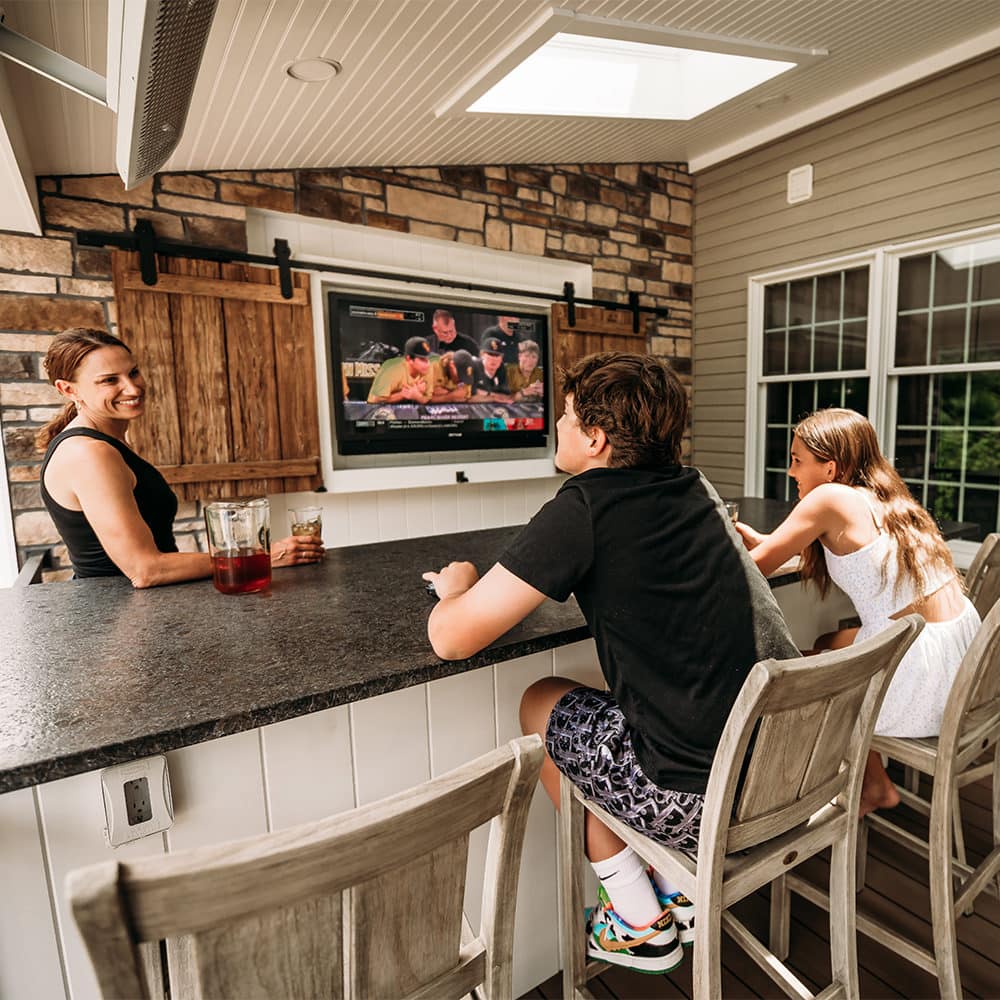
This fun outdoor living space in Bethlehem, PA draws the family outside every day to catch up with each other and connect on that day’s game!

Our Furniture First Philosophy ensures your outdoor living space is sized appropriately, not too big or too small...just the right size for your furniture and your enjoyment!
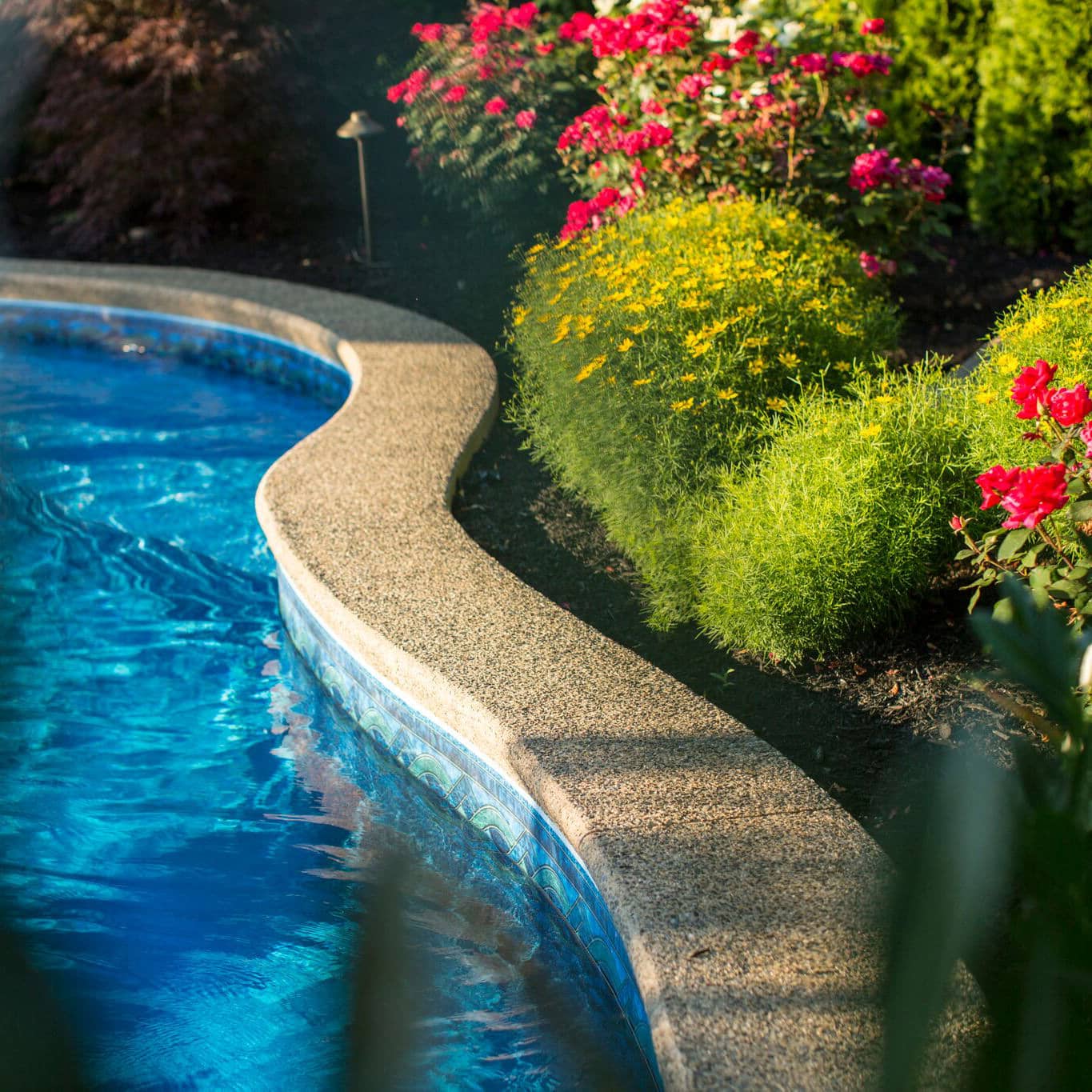
This Macungie landscape design provides the perfect balance for this professional couple and their young family…
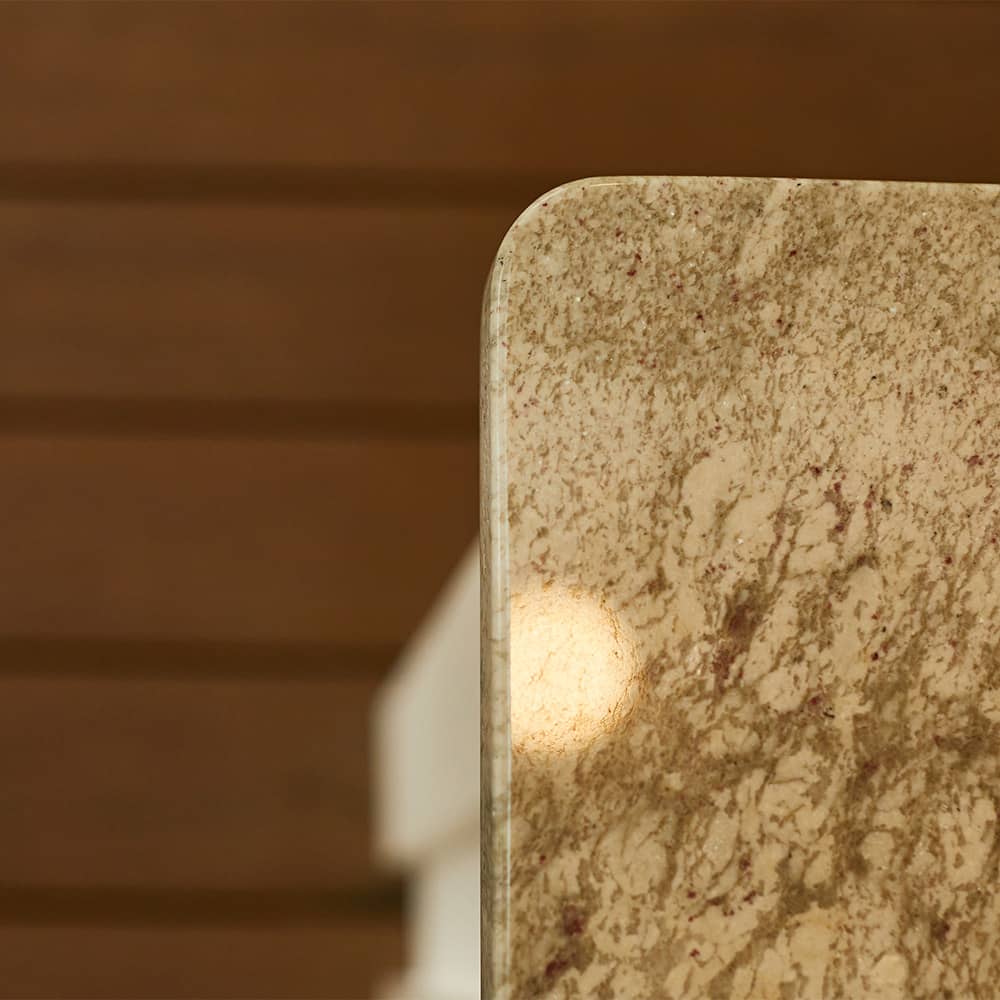
It is our pleasure to pay attention to every little detail of your project. For example, we design our granite countertops with eased edges and rounded corners for an added safety measure!
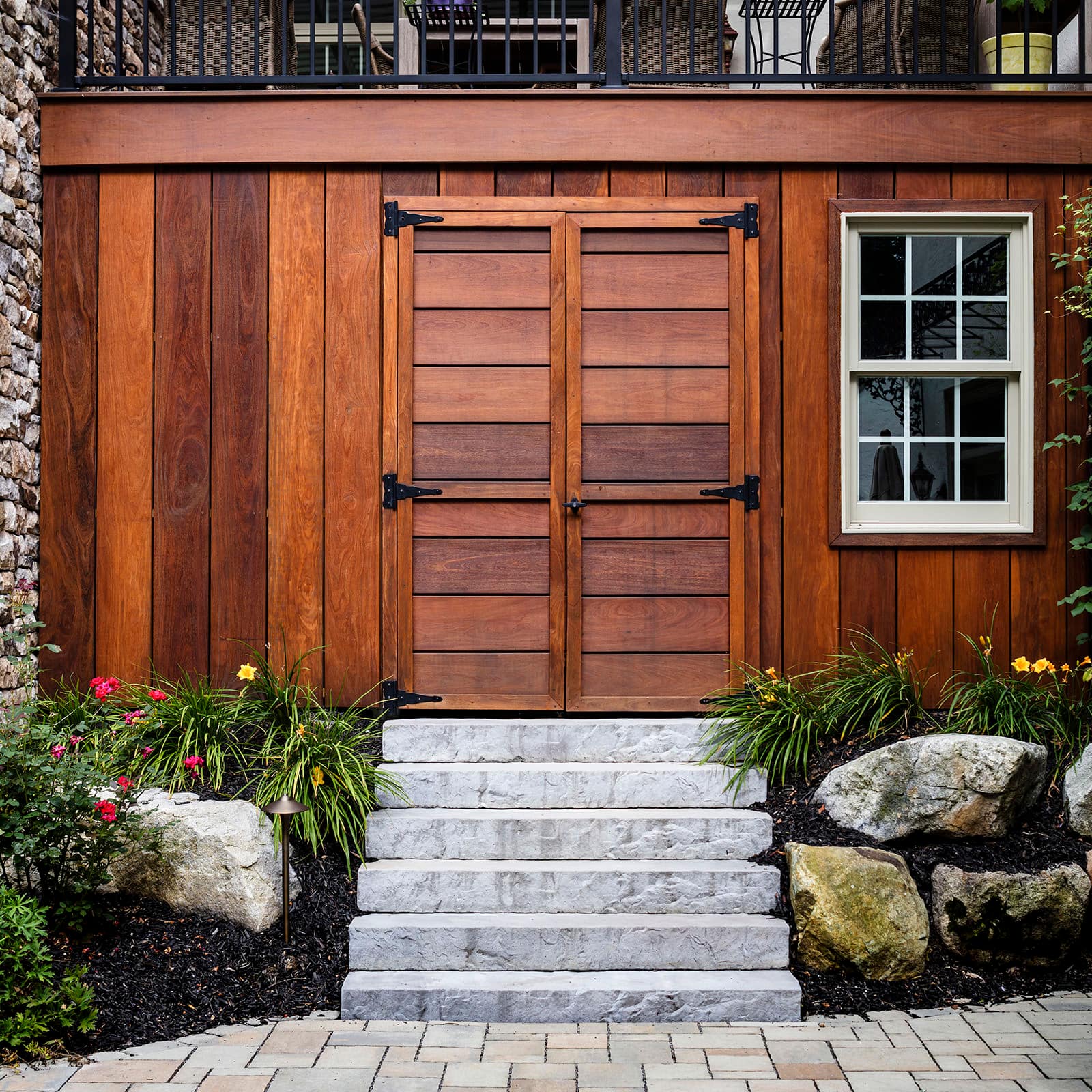
MasterPLAN always plans for spatial efficiency. This Center Valley projects makes great use of space by adding storage to the under-deck area!
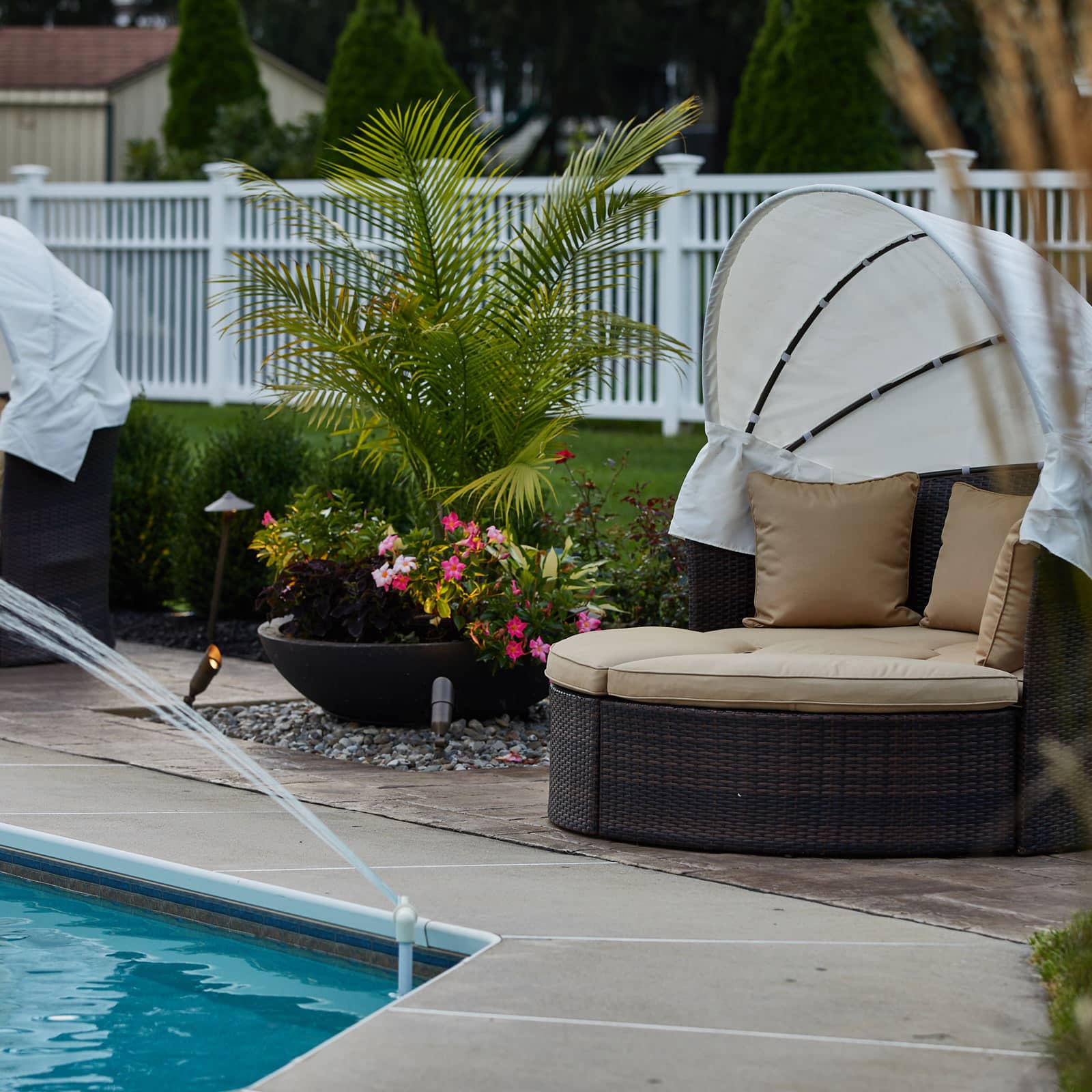
It’s the details that make each MasterPLAN project feel like home.
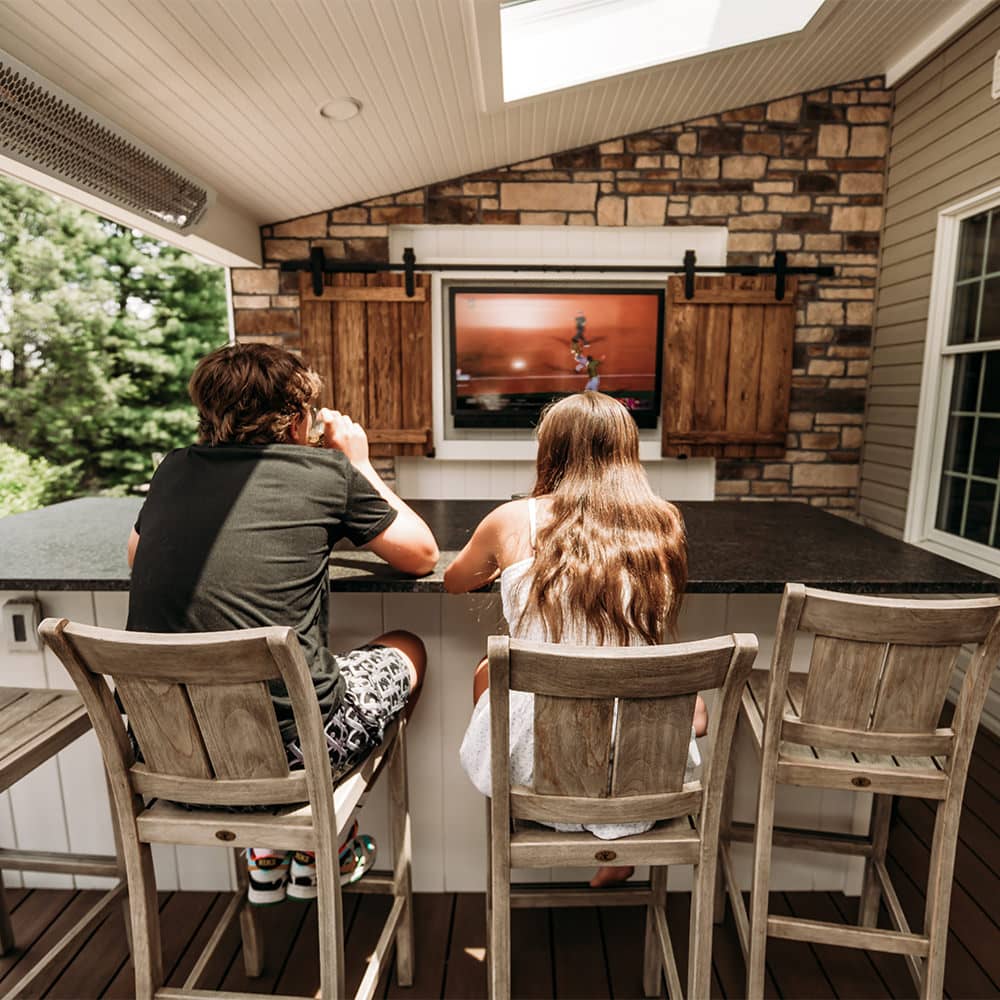
When surrounded by nature and your new outdoor living space, the only argument you’ll hear from your kids is if the runner was out or safe!
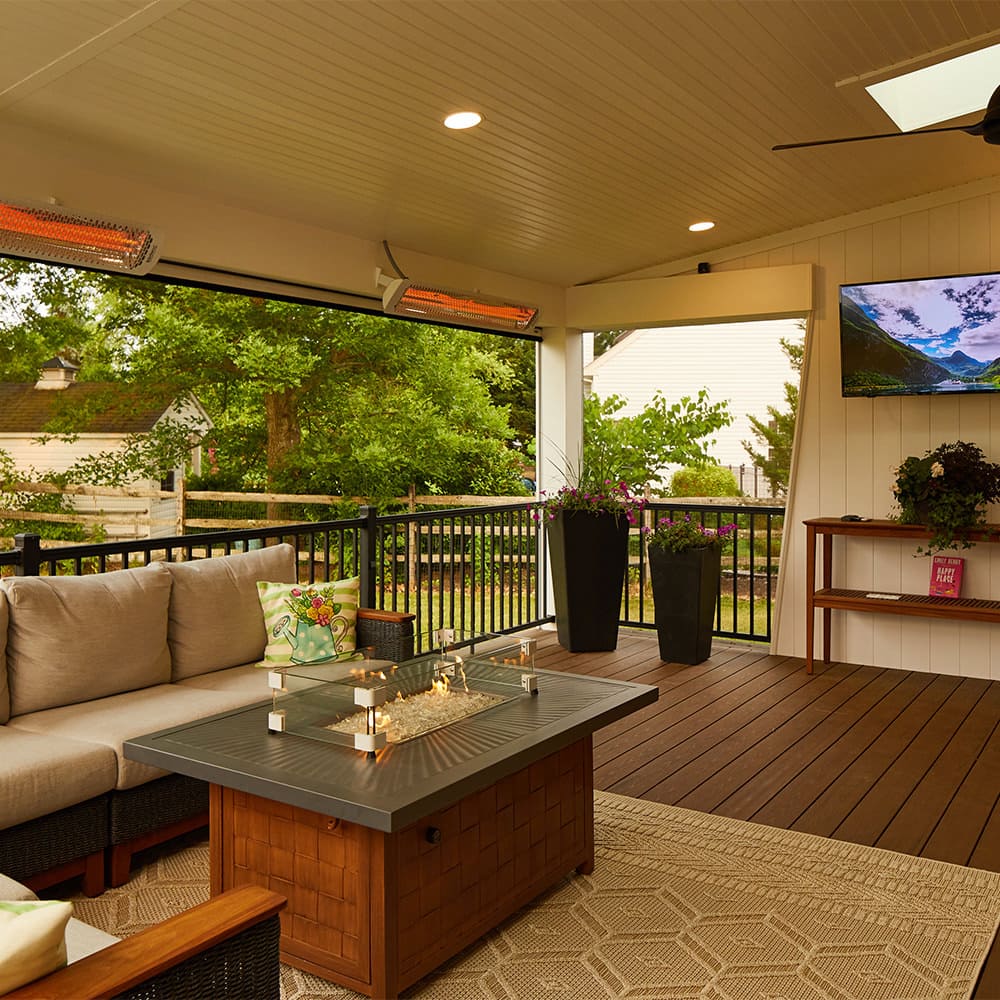
This Schwenksville, PA space boasts outdoor entertainment at its comfiest with bug protection from the Phantom Screen System, the infrared heaters, fire table, outdoor tv and dimmable mood lighting.


